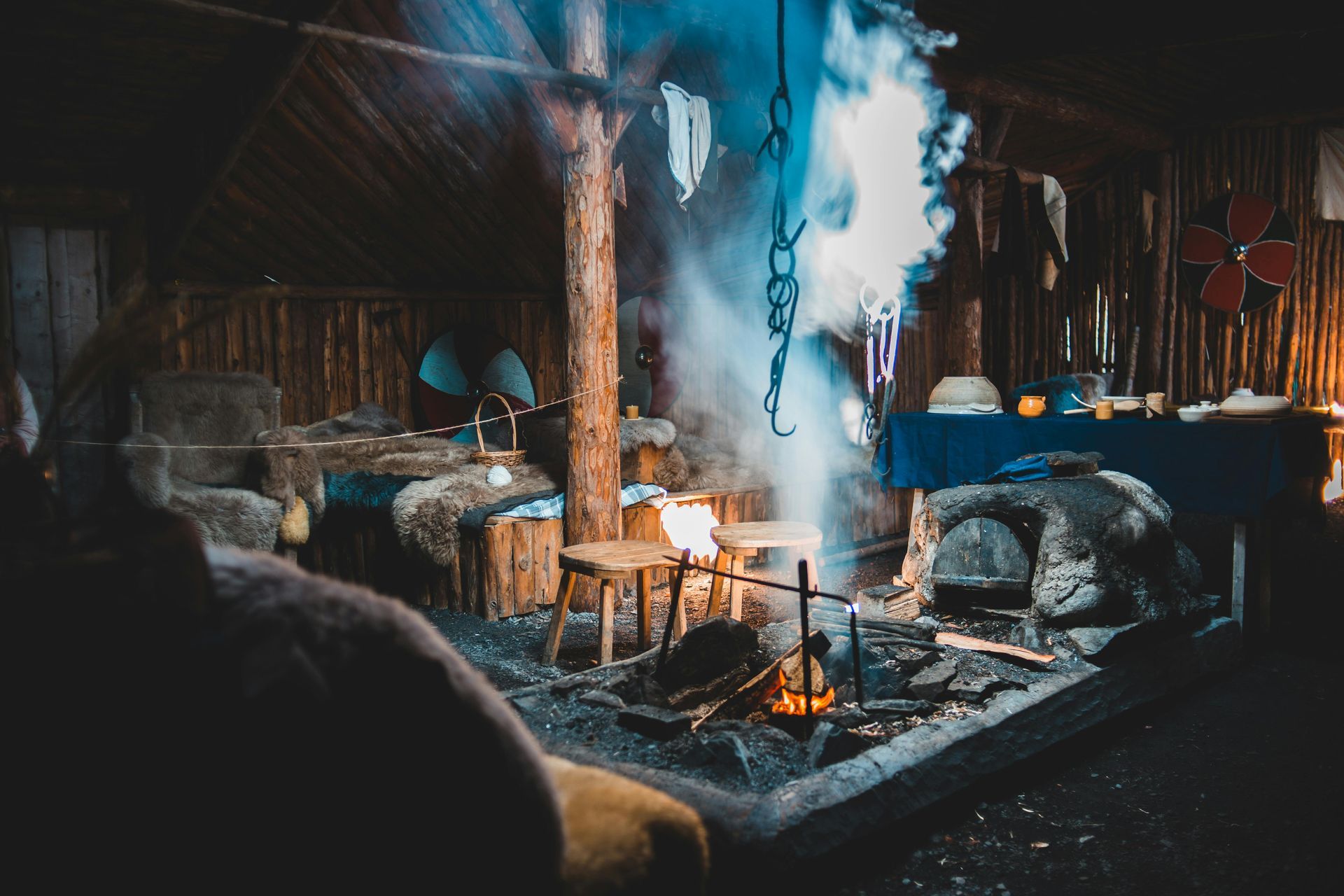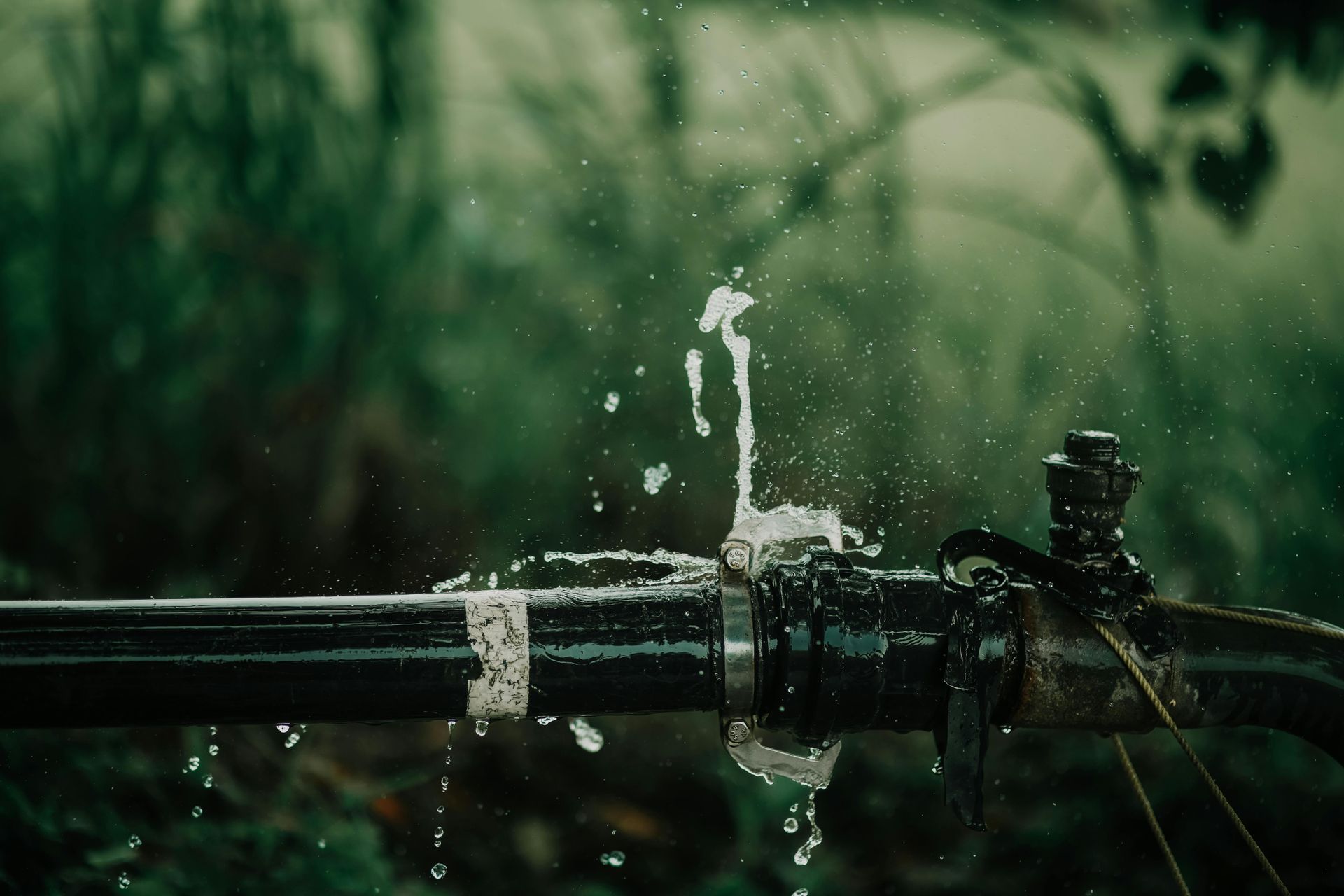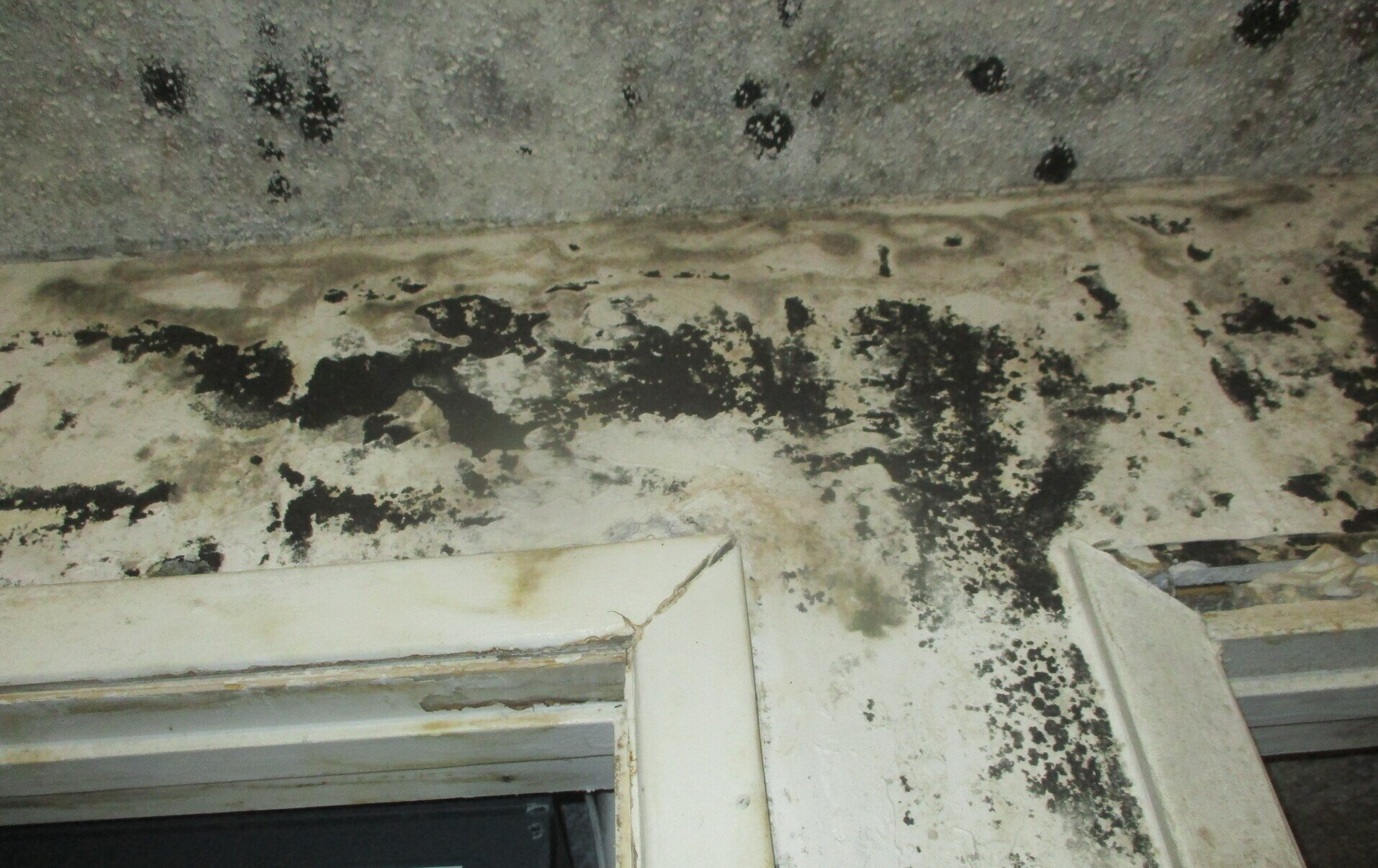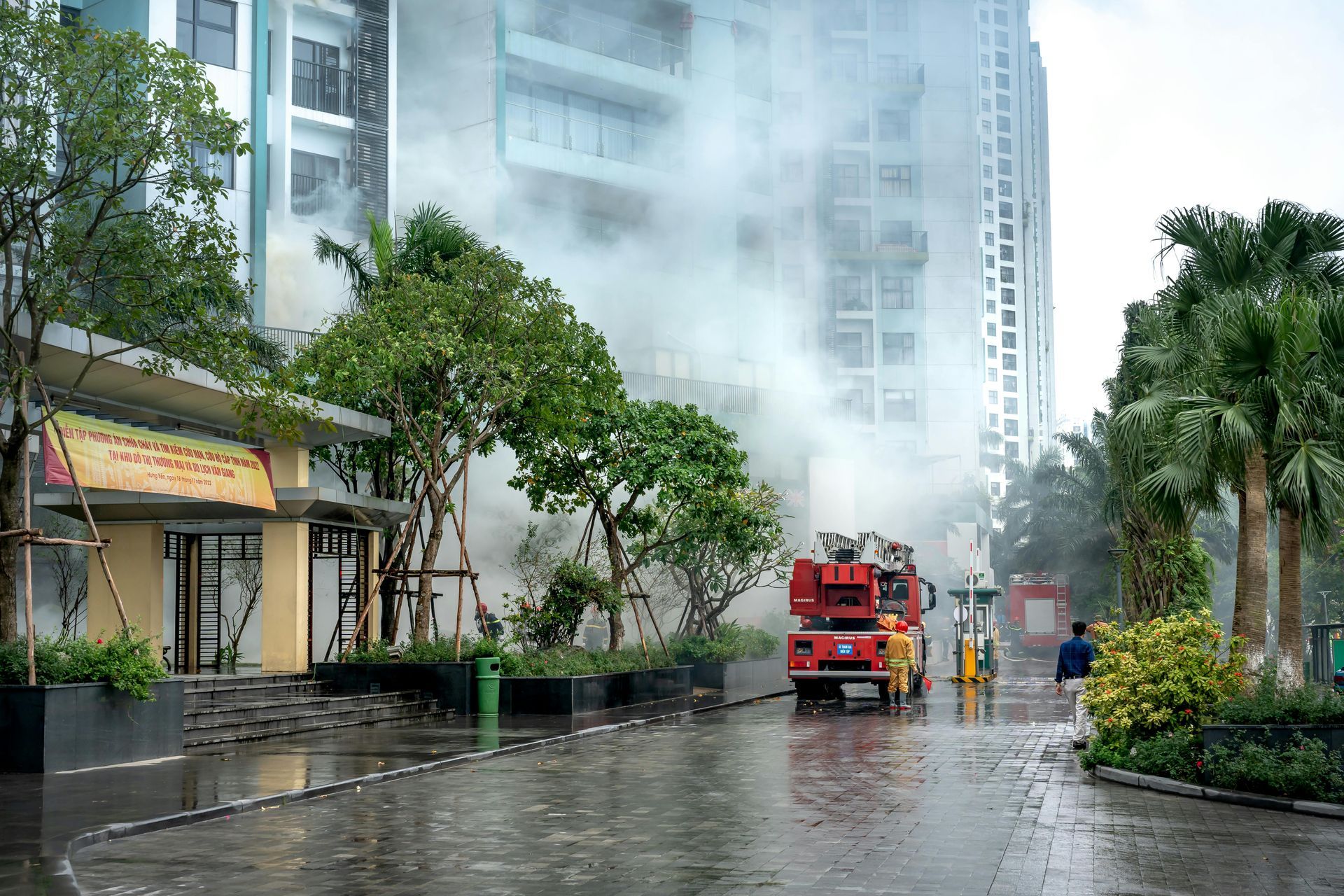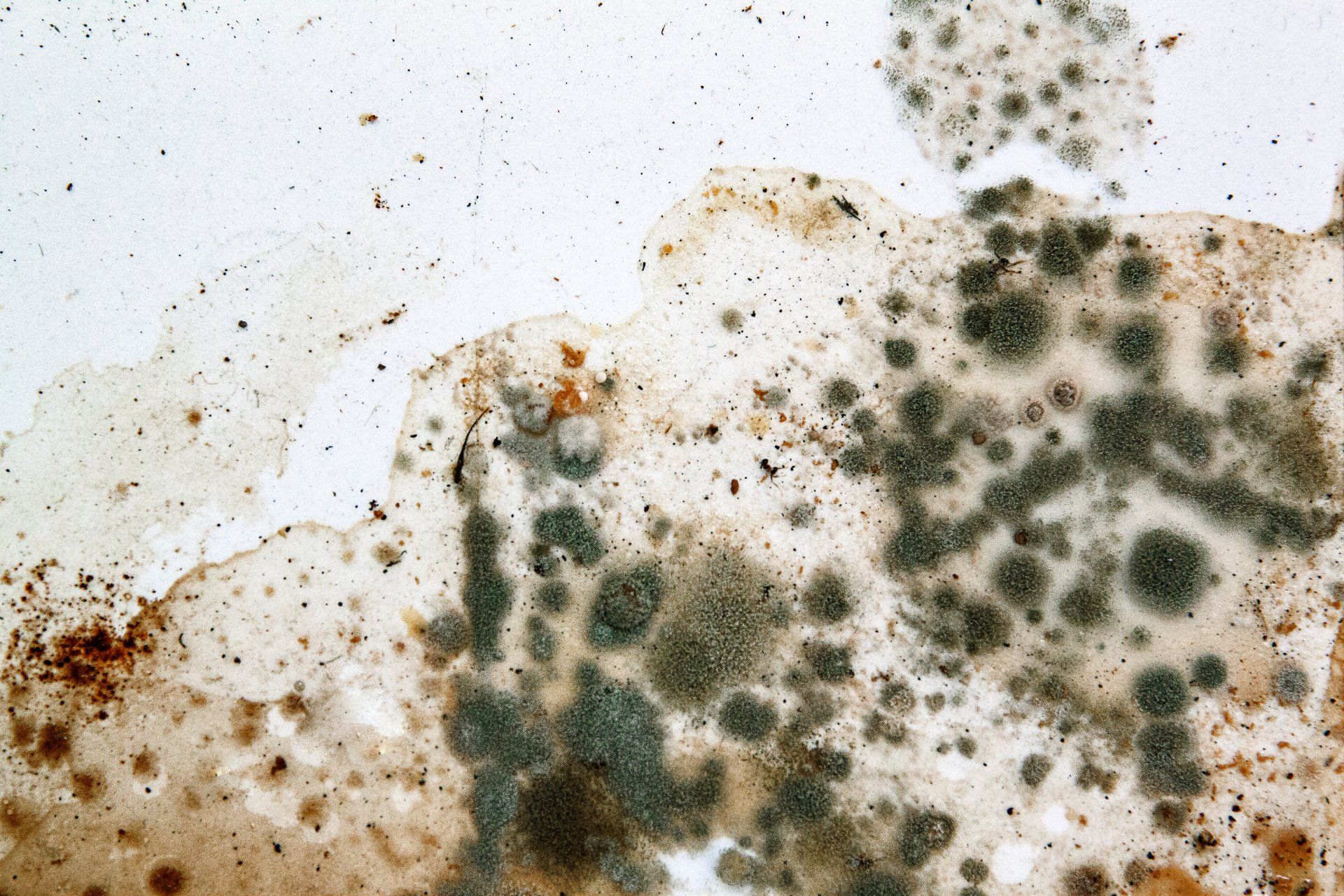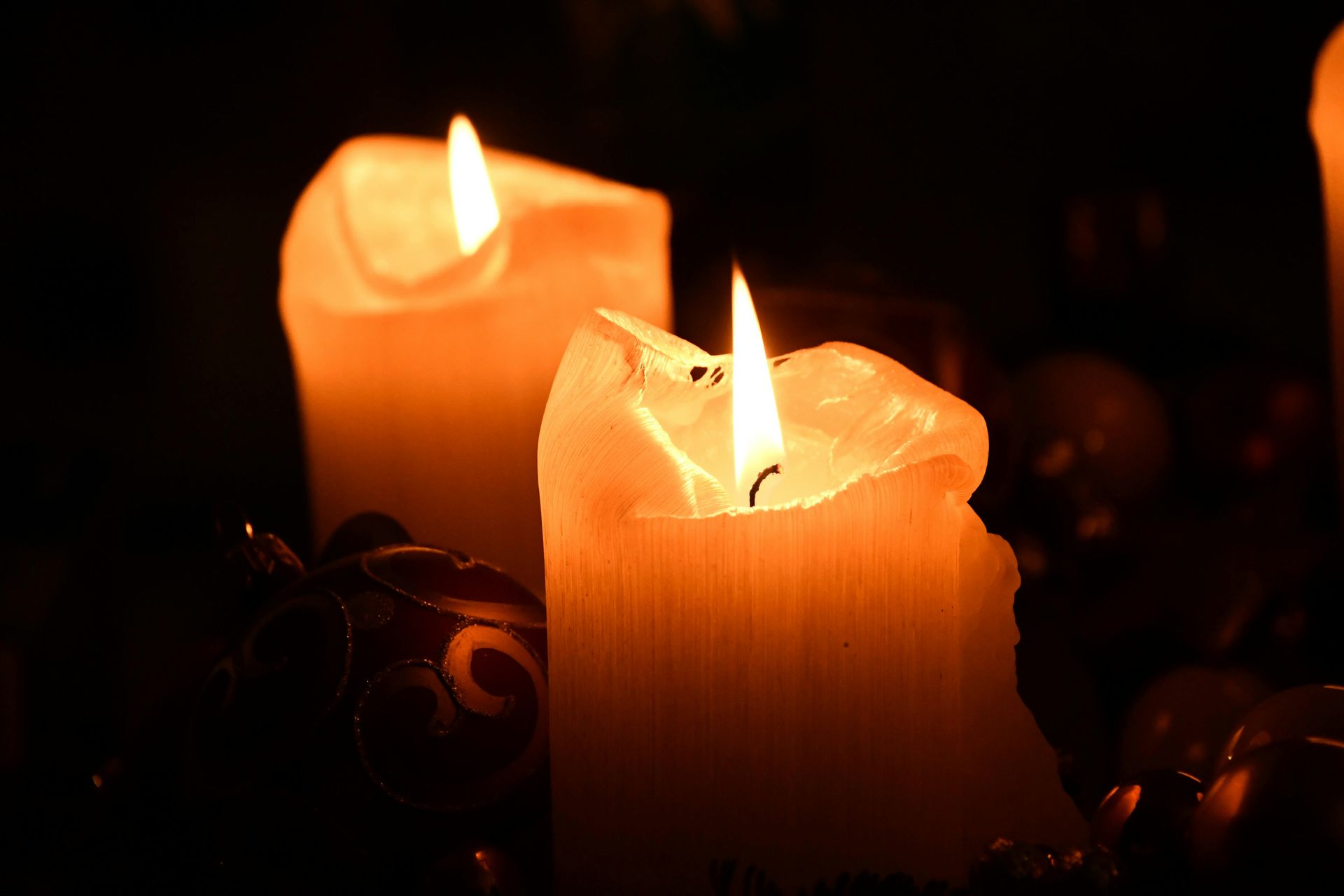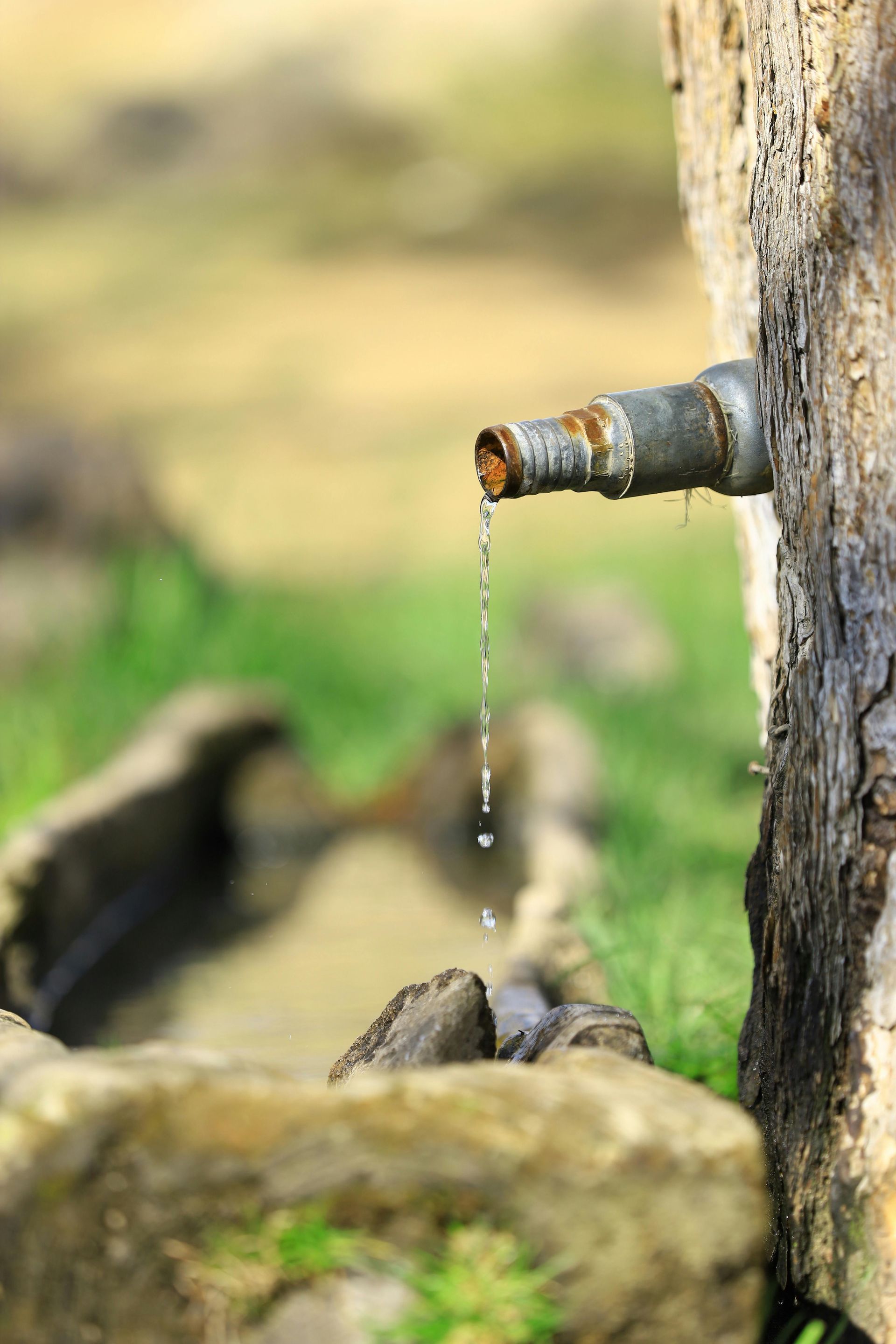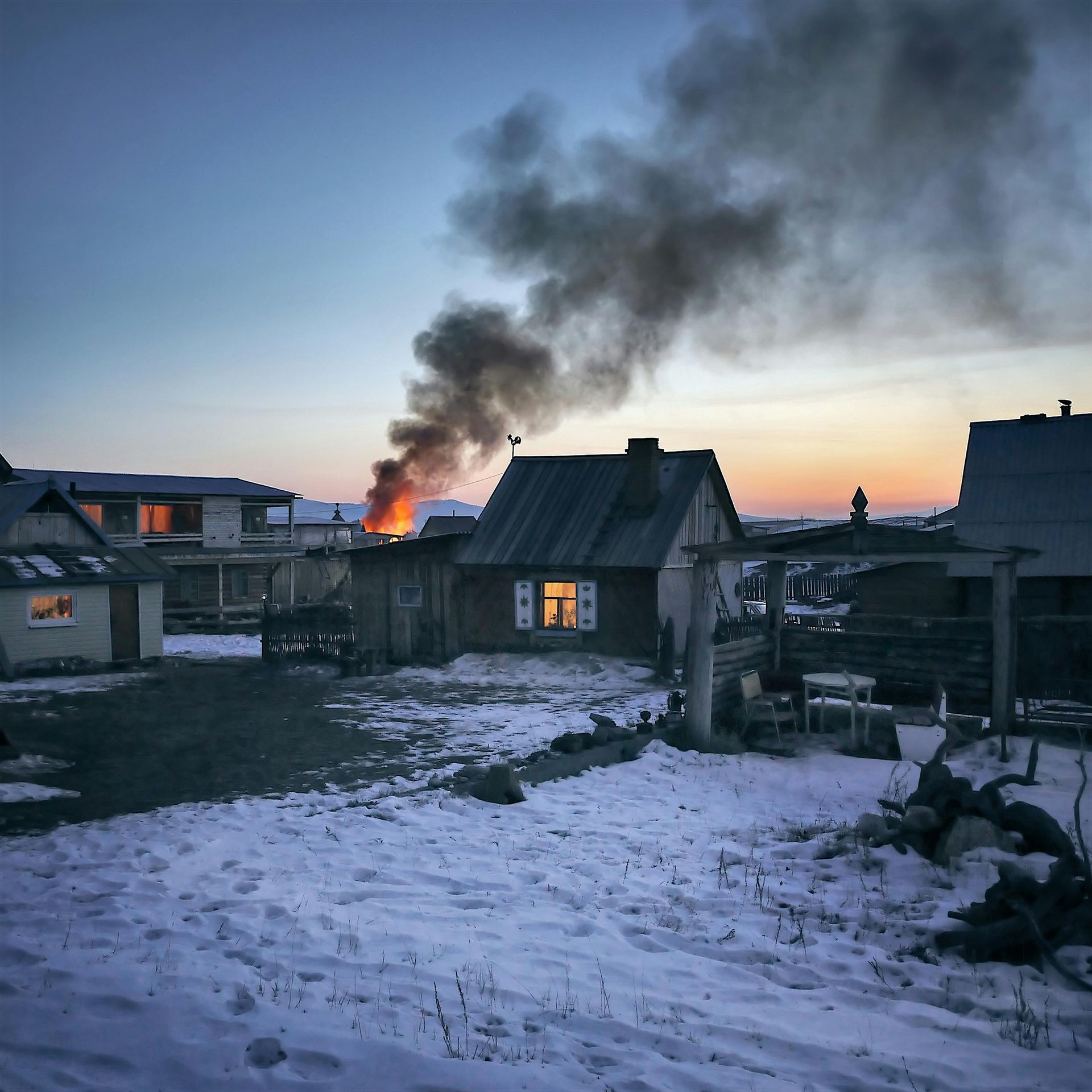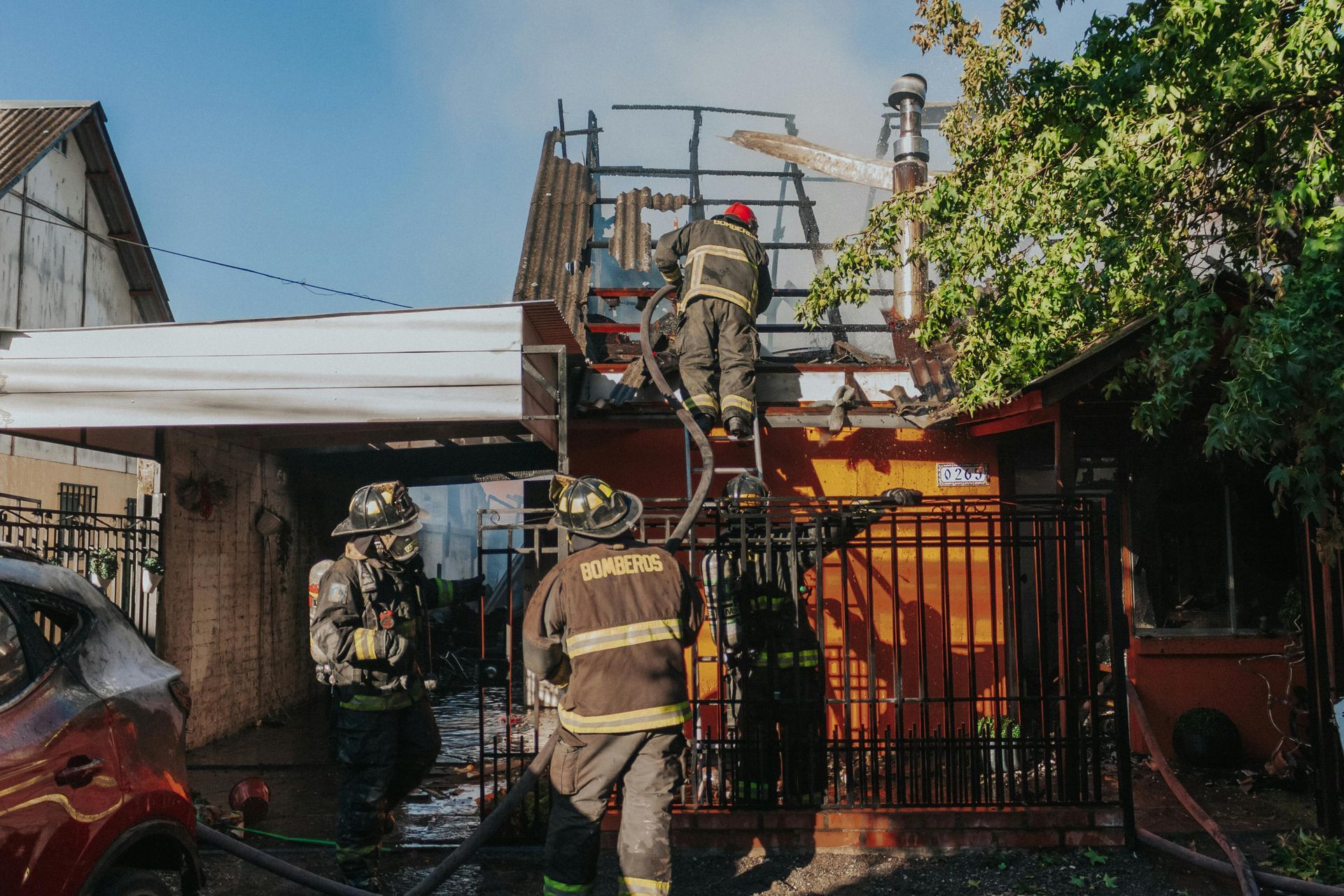Protecting Your Home from Fire Damage
Home Fire Damage Protection: Vital Measures for Safety
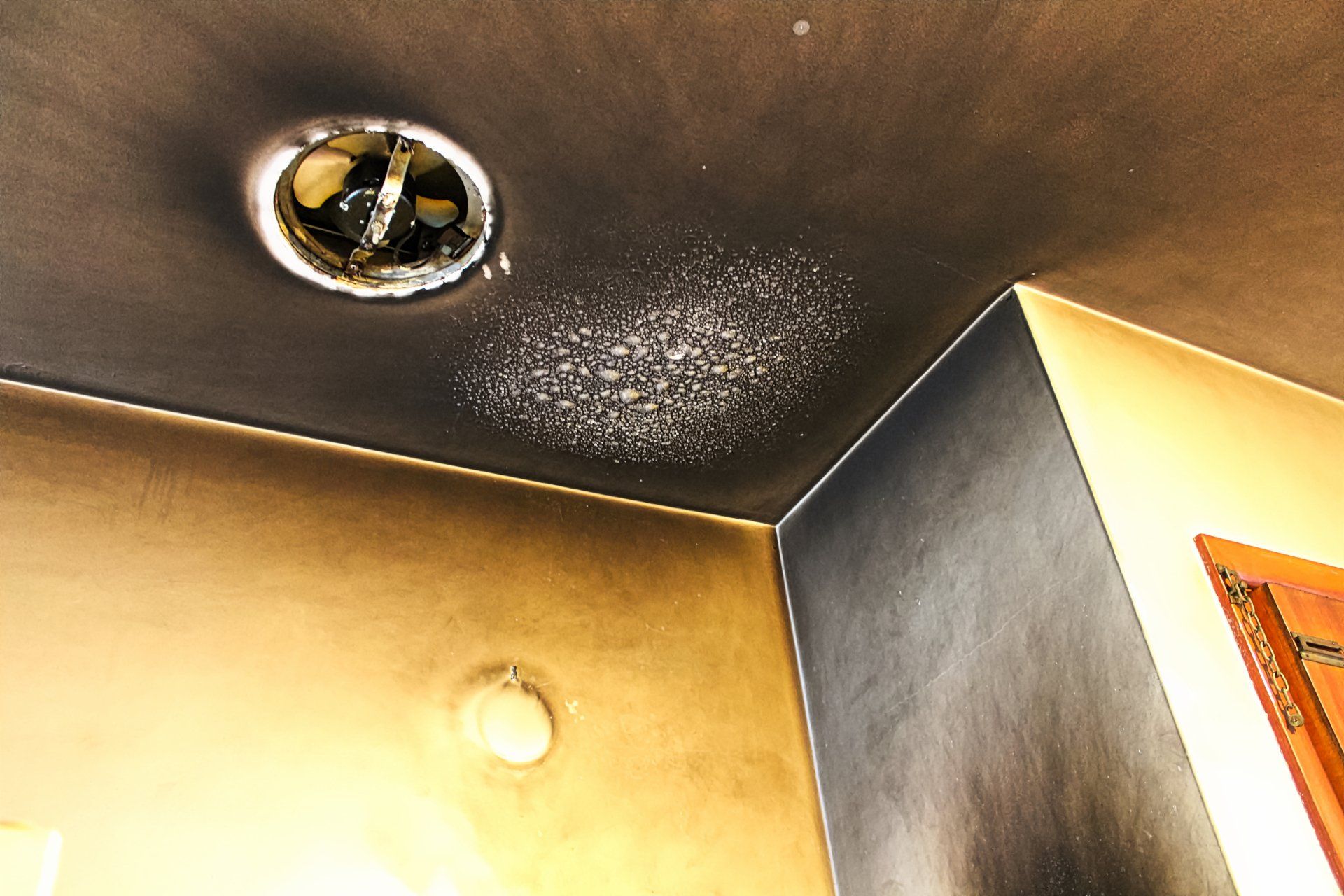
House fires, a prevalent yet often underestimated threat, not only pose severe risks to human life but also lead to substantial financial burdens due to property damage. For instance, in the US, home fires account for over $7.2 billion in direct property damage annually, highlighting the significance of comprehensive fire safety measures. In this article, we delve into the vital precautions homeowners can take to mitigate fire risks, explore the implications of fire damage, and emphasize the importance of professional restoration services in recovering from such devastating incidents.
Understanding the Risk Factors
Home fires are frequently the result of everyday activities that turn catastrophic due to negligence or unforeseen circumstances. Unattended cooking remains the leading cause, with overheated cookware, flammable materials close to the heat source, or food left unsupervised on the stove sparking a disaster. Heating equipment, particularly portable heaters, pose significant risks, especially when left on overnight or situated close to combustible items. Electrical faults, including overloaded circuits or outdated wiring, also contribute to a significant number of fires. These risks can escalate during specific seasons; for instance, the winter months can see a surge in heating-related fires, while holiday periods are notorious for electrical fires due to festive lighting. Awareness and understanding of these common triggers can go a long way in preventing home fires and safeguarding both properties and lives.
Understanding the Common Causes of Home Fires
House fires, a grave concern for homeowners, are often attributed to a handful of common causes. Topping the list is unattended cooking, accounting for nearly 50% of home fire incidents, as reported by the
National Fire Protection Association. Misuse of heating equipment, particularly during the winter months, contributes to approximately 15% of home fires. In addition, electrical faults, such as overloaded circuits or outdated wiring systems, are responsible for around 10% of fire incidents. These causes highlight the need for vigilance and safety measures in our daily routines to mitigate the risk of home fires.
Cooking-related Fires
Cooking, an everyday activity, surprisingly leads to many house fires. Unattended stovetops, mishandling of hot oil, or malfunctioning cooking appliances can all serve as potential igniters. According to the
National Fire Protection Association, unattended cooking is the leading cause of home fires, accounting for 33% of all incidents. One real-life example is the tragic event that occurred in a New York apartment, where a forgotten pot of oil on the stove led to a devastating fire that quickly spread throughout the building. The best fire prevention tips in such scenarios include never leaving cooking unattended, keeping flammable materials away from the cooking area, and promptly maintaining or replacing faulty appliances.
Electrical Fires
Electrical fires constitute a significant number of home fires and can result from several factors, including faulty wiring, overloaded circuits, or misuse of electrical appliances. For instance, a family in Chicago lost their home due to an overloaded circuit that sparked a fire. This underscores the importance of professional installation and regular inspection of electrical systems. Fireproofing your home against electrical fires involves recognizing early warning signs like frequent power outages, dimming lights, or unusually hot outlets and switches. It's also crucial to follow safety measures like not overloading outlets, using appliances with automatic shut-off features, and ensuring proper use of extension cords.
Heating Equipment Fires
The use of heaters, fireplaces, and furnaces, especially in colder months, can sometimes lead to unintended home fires. Not cleaning the chimney flue for fireplaces or not having heaters and furnaces inspected regularly are often the culprits. A case in point is a fire that engulfed a Boston residence due to a malfunctioning furnace. Fire safety equipment for home, like fire extinguishers and smoke alarms, are fundamental, but preventive measures are equally critical. Regular servicing of heating systems, keeping flammable items at a safe distance from these heat sources, and investing in quality equipment with safety features can significantly reduce the risk of heating equipment fires.
Fire Prevention Tips
Let's delve into essential fire prevention tips to mitigate the risk of home fires significantly. Equipping yourself with the right knowledge and applying these preventive measures can save not only your home but also your life. We will discuss practical tips that everyone can implement, from installing high-quality smoke detectors and fire extinguishers to creating a well-thought-out escape plan.
Regular Inspection and Maintenance
The journey towards a safer home begins with regular inspection and maintenance of all areas and appliances prone to fires. It's important to remember that fire protection is a proactive process; therefore, waiting until a problem occurs can have far-reaching consequences. Regular upkeep of electrical outlets, heating systems, and cooking appliances can help identify potential hazards before they become large-scale issues. Professional services, like Sunshine Restoration, play a critical role in this process. Our team of experts, equipped with industry-specific knowledge and advanced tools, can provide comprehensive inspections, identifying and rectifying potential risks to prevent house fire incidents. By taking this seemingly small step, homeowners can significantly enhance their home fire safety, ensuring a safer environment for themselves and their loved ones.
Proper Storage of Flammable Materials
Incorrect storage of flammable substances significantly increases the risk of home fires. Therefore, understanding how to handle these materials responsibly is a fundamental aspect of fire protection. Gasoline, propane, paints, and aerosols are just a few examples of items commonly found in homes that need proper storage. These substances should ideally be stored in cool, well-ventilated areas, away from living spaces and potential ignition sources. Containers should be tightly sealed, and large quantities should be avoided unless absolutely necessary. By adhering to these guidelines, homeowners can ensure that these materials do not contribute to the risk of a house fire, furthering their commitment to safety.
Fire-Resistant Building Materials
The use of fire-resistant materials in home construction and remodeling is an effective measure to curtail the spread and impact of fires. These materials, which are designed to withstand high temperatures, can play a critical role in controlling a fire and limiting the extent of damage. Examples of such materials include fire-resistant drywall, fire-retardant-treated wood, and specially treated glass. These can be installed in various parts of a home, such as walls, windows, and doors. By integrating these materials, homeowners not only increase their home's resistance to fires but also add precious minutes to the time available for escape and rescue operations in the event of a fire. The incorporation of fire-resistant materials is a forward-thinking approach to fire protection, reinforcing the commitment to creating a safer home environment.
Smoke Detectors and Fire Alarms
Smoke detectors and fire alarms are critical safety measures in the battle against house fire damage. These devices provide an early warning system, allowing occupants to evacuate promptly and reducing the risk of injury and death during residential fires. For optimal protection, smoke detectors should be installed on every level of the home, inside each bedroom, and outside sleeping areas. High-risk areas such as the kitchen and garage should also be equipped with these devices. Regular maintenance is paramount to ensure that these detectors are functioning optimally. This includes monthly testing, replacing batteries at least once a year, and replacing the entire device every 10 years. By prioritizing the installation and maintenance of smoke detectors and fire alarms, homeowners can significantly enhance their response time in the event of a fire, minimizing
smoke damage and potentially saving lives.
Fire Extinguishers
Having accessible fire extinguishers within the home is another crucial aspect of fire safety. Ideally, fire extinguishers should be placed in key areas of the house, including the kitchen, laundry room, and near fireplaces or grills. It's also recommended to keep one within easy reach in bedrooms. Knowing how to use a fire extinguisher is just as important as having one. Remember the acronym PASS: Pull the pin, Aim at the base of the fire, Squeeze the handle, and Sweep from side to side. Regular maintenance of fire extinguishers ensures their readiness when needed. Fire extinguishers can be the first line of defense, controlling small fires before they escalate, thus playing a significant role in mitigating house fire damage.
Fire Safety Plan
Having a well-thought-out fire escape plan is an essential step in preparing for potential residential fires. Everyone in your household should be involved in creating this plan. Identify at least two ways out of every room, if possible. Consider all the potential escape routes like windows and doors and ensure they are easy to use. Next, pick a safe outside meeting place where everyone can gather after escaping from the house. Regular practice of this plan, at least twice a year, ensures familiarity and readiness, especially for younger family members. Incorporating a fire safety plan into your home safety measures provides a structured response in the event of a fire, reducing panic and confusion and enhancing the chances of safe evacuation. By following these guidelines, homeowners can take a proactive approach to fire safety, significantly reducing the risk and potential damage of residential fires.
The Aftermath: Recovering from a Home Fire
The immediate aftermath of a home fire can be overwhelming and disorienting. However, taking swift, calculated steps can mitigate further damage and pave the way for recovery. First, contact your insurance company to report the incident and initiate the claim process. Documentation, including photos and a list of damaged items, can expedite this process significantly. If your home is uninhabitable, consider arranging for temporary housing, such as a nearby hotel or a rental home.
When it comes to cleaning and restoring your home, it's crucial to prioritize safety. Wait for approval from the fire department before re-entering your home, as structural damage may pose risks. Begin the cleaning process with caution, taking care to wear appropriate protective gear. Soot, ash, and water used to extinguish the fire can lead to harmful conditions, and surfaces can be slippery. Salvageable items should be cleaned and stored off-site.
While some cleaning can be done by homeowners, it's often advisable to seek professional help for comprehensive restoration. Professionals handle all aspects of fire damage, including structural repairs, smoke and soot removal, deodorizing, and
mold prevention. Companies like Sunshine Restoration possess the expertise, tools, and experience to help return your home to its pre-fire condition, ensuring the environment is safe, clean, and comfortable once again.
Ensuring a Fireproof Future with Sunshine Restoration
At
Sunshine Restoration, we understand the devastating impact of a home fire. Our team of experts is committed to providing you with reliable services that cover every aspect of
fire damage restoration. With our professional expertise and meticulous attention to detail, we ensure your home is not only restored to its former glory but also better equipped to handle future fire incidents. Don't let the aftermath of a fire overwhelm you. Let us assist in making your home safe and comfortable again. Contact Sunshine Restoration today for a comprehensive consultation and embark on your journey towards a fireproof future.

